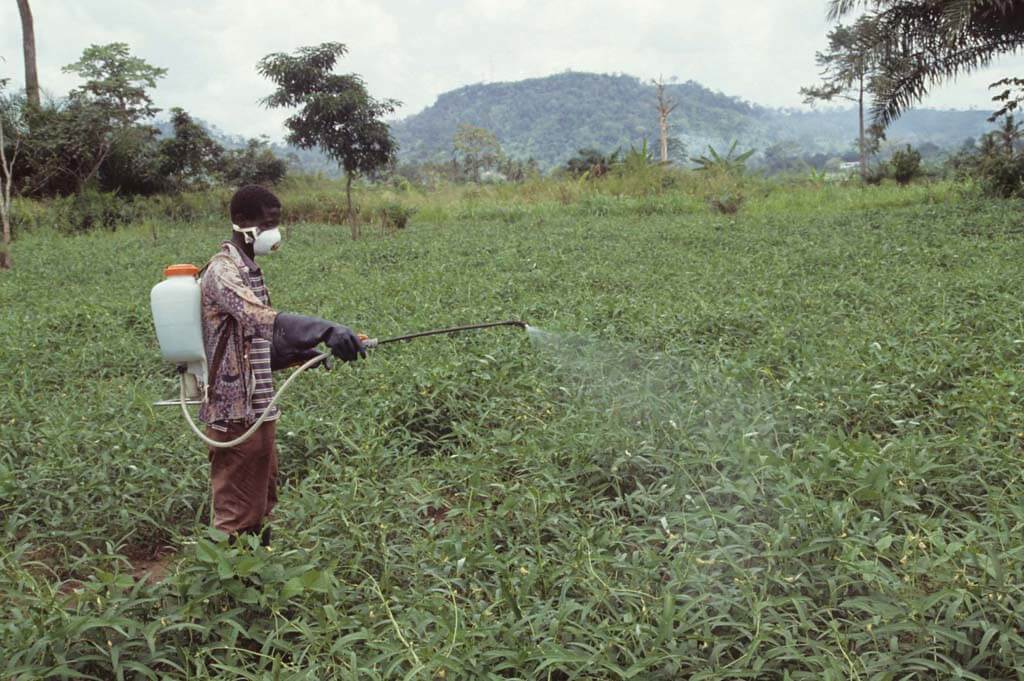The heavy rains experienced across Kenya are driving up fungal infections and fungicide application by farmers.
Rains are correlated with an increase in fungal parasites which eat away at crops depleting harvests. Farmers are estimated to lose up to 23 per cent of their crops to fungus annually despite antifungals being widely available. Another 20 per cent of produce is lost after harvest.
This is predicted to worsen due to climate change as global warming is providing favorable conditions for their growth, pushing fungi to new regions and increasing their prevalence.
According to the country’s only local maximum residue level (MRL) testing lab SGR, there is increased pesticide residue in horticulture products consumed locally and exported that have been planted during the March-April-May long rain season.
Related News: Factsheet: Tackling wheat leaf rust– Kenya’s most devastating wheat menace
Related News: Ways of avoiding rejection of horticultural export produce
“Such periods of long or heavy rains see farmers experience increased fungi attacks necessitating increased fungicide use. This leads to an increase in the number of rejected European Union vegetable exports due to breaches of MRL levels. This is also our busiest time of the year as more farmers seek out MRL tests to avoid catastrophic losses,” explained John Mungain– SGR’s head of Food Agriculture and Business Development.
MRL checks are crucial for fresh produce exporters, particularly those shipping to Kenya’s main agriculture export destinations; the European Union (EU) and Great Britain (GB); which have the strictest maximum residue requirements.
Related News: How to safely apply pesticides on your crops
Tests to ensure your produce is pest-free are also key to supplying local supermarkets and major fresh produce vendors as well as being verified as an organic grower.
Most importantly, the consumption of produce with chemical residues poses severe health risks for Kenya’s population, particularly at-risk groups such as pregnant women and children.
